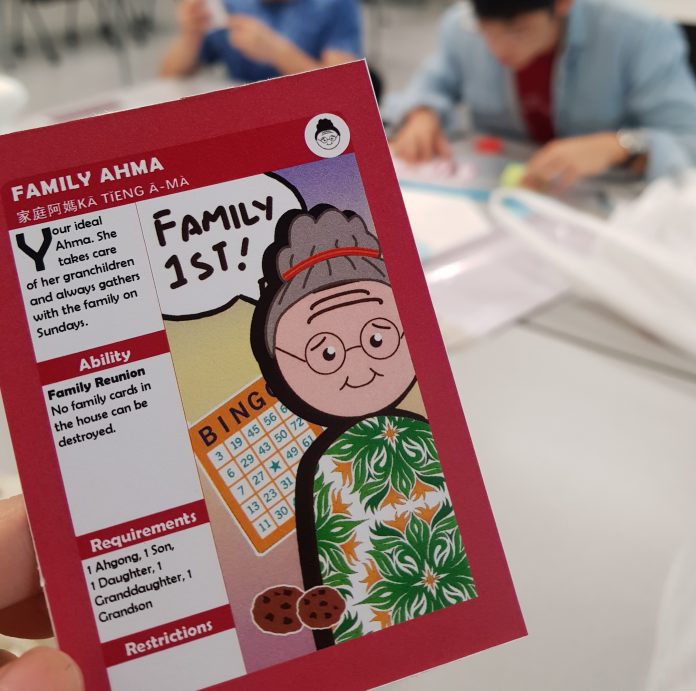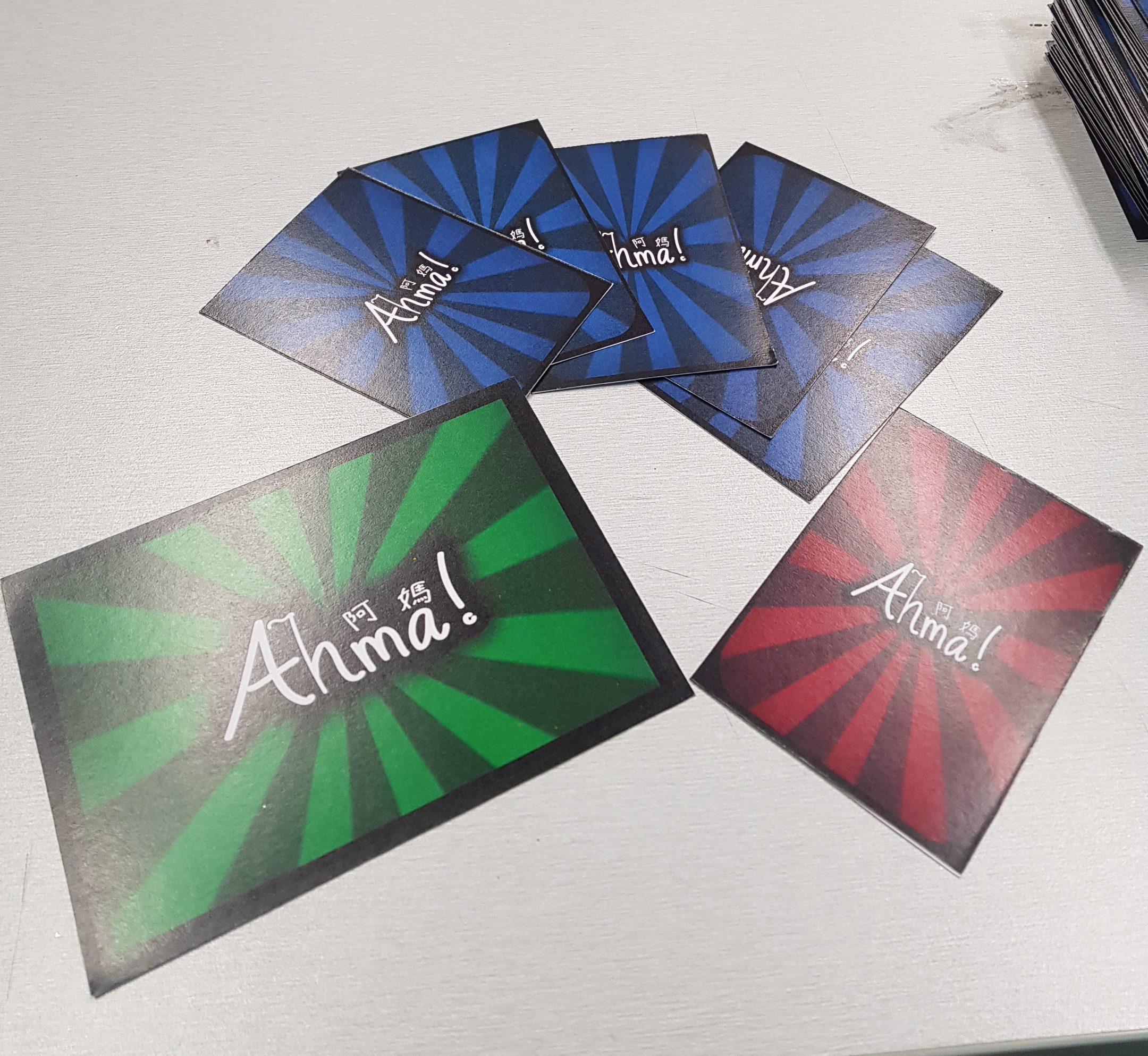This article first appeared in BTS Issue 3.
By Ignasia Hanny, Sophomore (Class of 2021)
Engineering Systems and Design
At SUTD you have plenty of opportunities to turn your design idea into reality. One example is through Design Odyssey, established by the SUTD-MIT International Design Centre (IDC) in partnership with the JP Morgan Foundation.
Problem of “It’s all Greek to me”
Do you find yourself in situations where your grandparents speak to you in a dialect and all you are thinking is “Man! It’s all Greek to me.”
It happens to us all the time and it got us thinking if this is just millennials not understanding dialects or is there a deeper social problem that can be addressed?
So, why is learning dialect important? First, many of the elderly are not proficient in Chinese or English. This isn’t just in everyday conversations. It becomes crucial in understanding their needs for professionals such as doctors and nurses. Second, language is a part of our culture and identity, and that’s why we feel that dialects should not be forgotten.
Our solution
Through our project, our team discovered that 80% of millennials identified this as a problem. The existing means to learn a dialect are not practical and effective. But the most common reason that deterred them from learning was that it’s boring.
This is where Ahma! (means grandma in dialect) comes in. It’s an interactive Hokkien card game that incorporates humour and design to learn Hokkien. It has Hokkien words written in a simpler Chinese phonetic system with English translations to further explain their context.
Ahma!, an interactive Hokkien card game
After testing our product with 100 participants, 85% showed increased interest in learning Hokkien and most importantly, at least 65% remembered at least 5 words after only 15 minutes of gameplay. The rest managed to remember even more!
Design-thinking approach
Under the guidance of our Design Odyssey mentor, Ahma! was developed during Term 2 and 3 of our Freshmore years using design thinking. As a social innovation product, empathy was essential in understanding and identifying the pain points of our target users. Our team spent days conducting user research, brainstorming to define the problem statement, and most importantly, working on countless rapid prototyping and feedback loops to improve our product.
Learning Hokkien doesn’t have to be boring
Current status of Ahma!
Currently, we have two sets of high-quality prototypes for users to play with. We hope to improve Ahma! in the future, keep dialects alive and your Ahma happy!
Project members:
- Ignasia Hanny
- Javier Pey Jia Jie
- Tan Yong Da, Dino
- Er Ding Xuan
- Lim Jia Qi
Like what you just read?
Find out more about our programmes and application process here
It can be hard to ask the right questions that will help you to decide which university to join, so we’ve compiled a list of FAQs for you here.

































